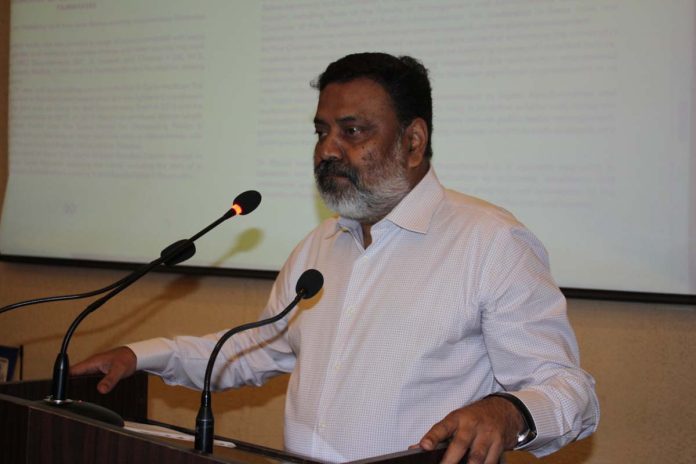National Conference on Future Prospect of Regional Connectivity through dialogues in South Asia: Global and Strategic Perspectives
Prof. Dr. Khalid M. Iraqi
Ladies and Gentlemen, Keynote Speaker, Mr. Najmuddin Shaikh, former Foreign Secretary of Pakistan, Ambassador (R) Qazi M. Khalilullah, Prof. Dr. Shaista Tabassum, Dean Faculty of Arts and Social Sciences, University of Karachi hosts of the conference, Mr. Nusrat Mirza, Chairman Rabita Forum International, Dr. Uzma Shujaat, participants, guests from civil society, faculty members, and students!
Good Morning!!
Regional Connectivity as a concept is not a new phenomenon. Regions are well-connected since old times, basically for the purpose of economic cooperation and trade. Today, some regions experiencing deep and strong integration like the EU and ASEAN (Southeast Asian association). However, region like ours (South Asia) is loosely integrated even after a genuine desire for the regional connectivity is strongly prevail in the masses of this region. I can say, the theme of the conference is quite relevant these days.
The South Asian region continues to be one of the least integrated in the world. Barriers restricting the flow of people, capital and goods are common across the subcontinent, stunting economic growth, preventing the emergence of globally competitive supply chains and limiting people-to-people contact that can help develop constituencies for peace, especially between India and Pakistan.
Trade data for South Asia highlights the impact of these barriers: while intra-regional trade accounts for about one per cent of South Asia’s GDP, it accounts for almost 11pc of regional GDP in East Asia and the Pacific, according to the World Bank. This need not be the case, and South Asia’s economic and geopolitical future would be far more secure if it were to become more integrated.
The shared history, culture and languages of the region, particularly in Pakistan and India, means that trade, tourism and direct investment can be catalyzed by encouraging the flow of people across the border.
This would initiate a virtuous cycle as the flow of people builds trust and enhances trade linkages that create economic interdependencies, which further builds trust and fosters even greater trade and investment.
Such a virtuous cycle is taking hold in the border regions of India and Bangladesh, two countries whose governments have aggressively sought to improve trade and people-to-people ties in the last few years.
Hard-liners on both sides of the border argue that increased trade, connectivity and flow of people is simply not possibly due to unresolved disputes between India and Pakistan. While it is true that several issues need to be resolved including the Kashmir dispute, the fact of the matter is that countries around the world have been able to do business despite the existence of thorny issues.
The Taiwan-China relationship is a case in point. Taiwan, with a population of over 23 million, is an island that has been governed independently from mainland China since 1949. At a time when Pakistan has invested in building infrastructure under the China-Pakistan Economic Corridor, it is important that the country pursue efforts to enhance trade and connectivity across the east-west axis in South Asia.
As the data shows, there is a significant potential for growth, and the cultural, linguistic and historic ties across this axis make it an important factor in future economic growth of the region. Furthermore, a look at the population centres of the region, including China, shows that the east-west corridor has far more potential than the north-south economic corridor that connects Gwadar to Kashgar.
Revitalizing the historic trade ties of South Asia, which have been disrupted in the decades since Partition, is integral to the long-term economic growth of the region. The economic opportunity is there for the taking and a bold push by policymakers in the region can have a transformative impact across South Asia.







